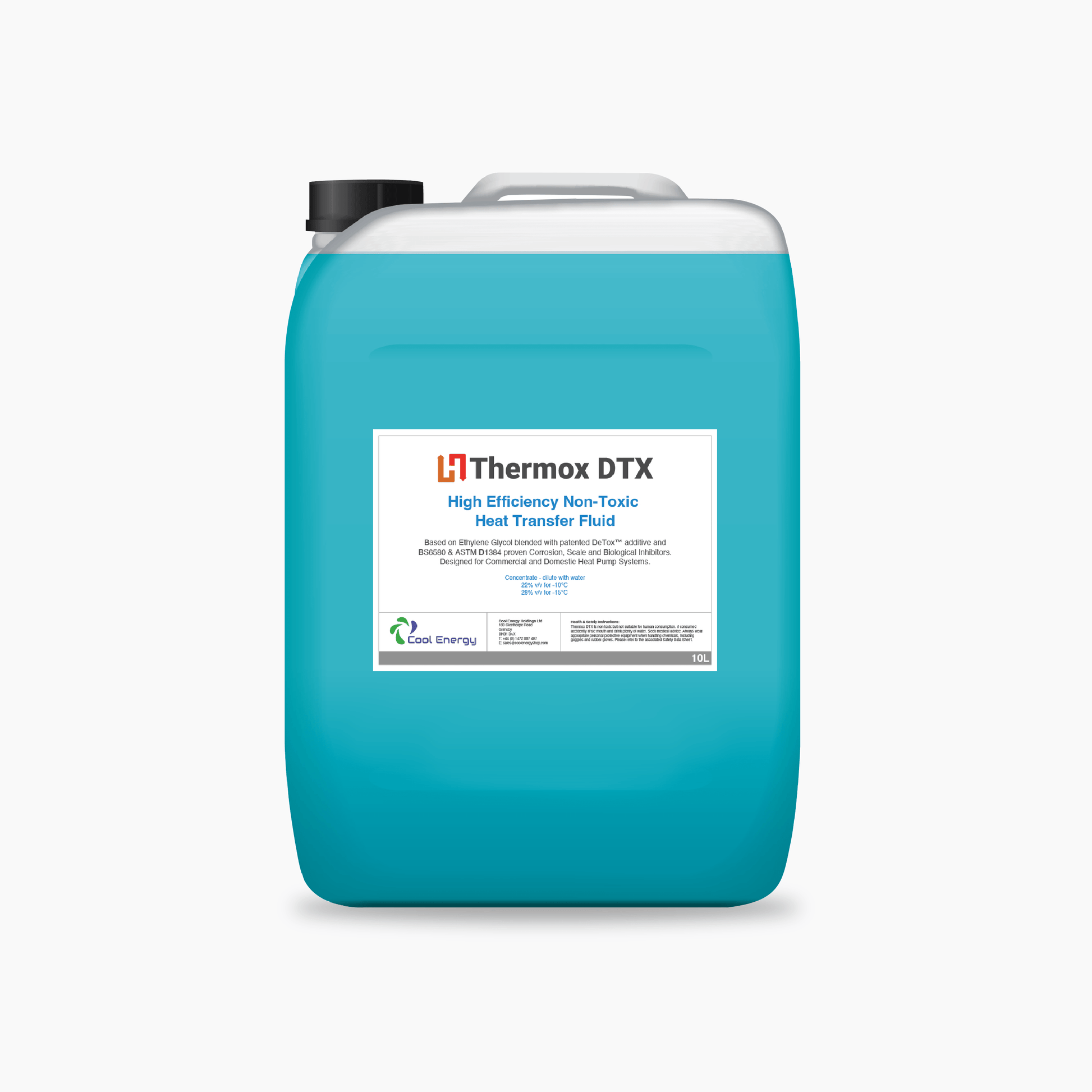Exactly How Heat Transfer Fluid Impacts the Performance of Cooling And Heating Solutions
Exactly How Heat Transfer Fluid Impacts the Performance of Cooling And Heating Solutions
Blog Article
Exactly How Warmth Transfer Fluid Adds To Sustainable and Affordable Operations
In the modern-day industrial landscape, the role of warmth transfer fluids (HTFs) in advertising lasting and affordable procedures can not be overstated. These fluids are essential in enhancing thermal management systems, consequently substantially improving power efficiency and reducing functional costs. The environmental advantages of sophisticated HTFs, with their high thermal stability and reduced toxicity, are obvious. They not only extend system durability but additionally add to the decrease of damaging exhausts. The real potential of HTFs is recognized with the meticulous choice procedure, guaranteeing compatibility and safety and security. What variables should guide this crucial option?
Recognizing Warm Transfer Liquids
In the realm of thermal administration, warm transfer fluids (HTFs) function as crucial representatives for moving thermal power from one place to one more. These fluids play a critical role in different industrial applications, including chemical processing, power generation, and HVAC systems. HTFs are specifically crafted to run within a large range of temperature levels, effectively helping with the transfer of heat while maintaining a secure thermal account. Their capability to work under extreme problems-- whether high temperature levels or cryogenic levels-- makes them important in atmospheres demanding precise thermal control.
The structure of warm transfer fluids can differ dramatically, including alternatives such as mineral oils, artificial oils, glycols, and molten salts. Each type provides distinct advantages, such as enhanced thermal stability, reduced thickness, and high boiling points, which are picked based upon details functional needs. Moreover, the option of HTF effects not only the performance of heat transfer yet also the longevity and security of the system in which it is used.
As sectors continue to innovate, the advancement of sophisticated HTFs, characterized by their boosted thermal conductivity and minimized environmental influence, is critical for meeting the demands of contemporary thermal administration obstacles.

Enhancing Power Effectiveness

Improving energy effectiveness has ended up being an extremely important problem throughout numerous sectors, motivating a more detailed examination of warmth transfer liquids' duty in maximizing thermal monitoring systems. These liquids are indispensable to keeping the wanted temperature level in procedures, consequently lessening power waste and improving overall system efficiency. By selecting an appropriate heat transfer liquid, sectors can dramatically improve their energy performance, leading to reduced energy intake.

Advanced formulas of warmth transfer fluids have been created to hold up against extreme temperature levels while keeping stability and effectiveness. Enhancing power performance through ideal heat transfer fluid option is not just a technical need but additionally an environmental important.
Lowering Operational Prices
Operational expenses are a significant consideration for sectors seeking to maintain competitive advantage, and the option of warmth transfer liquid plays an essential function in expense monitoring. Picking an appropriate heat transfer fluid can lead to substantial cost financial savings by boosting system performance and minimizing power intake. High-performance liquids decrease thermal destruction, which subsequently lowers the regularity of liquid replacement and downtime connected with maintenance, thus lowering operational expenditures.
In addition, heat transfer liquids with superior thermal security and deterioration resistance prolong the life-span of devices. This lowers the requirement for frequent fixings and substitutes, which can be costly and disruptive to operations. By buying premium liquids, sectors can attain long-lasting decreases in maintenance costs and boost the dependability of their systems.
Furthermore, advanced warmth transfer fluids typically exhibit reduced viscosity at operating temperature levels, which boosts pump effectiveness and reduces power usage in liquid blood circulation. This optimization of power usage directly converts into decreased functional expenses. Additionally, numerous modern-day warmth transfer fluids are engineered to run effectively over a wide temperature range, reducing the need for multiple fluid kinds, thus streamlining stock requirements and minimizing associated expenses. These factors jointly add to even more lasting and economical operations.
Ecological Impact Reduction
The press in the direction of lowering ecological influence has gotten energy in industries leveraging warmth transfer fluids. Heat transfer liquids (HTFs) play a crucial role in this transition, using chances to boost power performance and lower exhausts - heat transfer fluid.
In addition, the usage of innovative warmth transfer liquids contributes to improved system effectiveness, decreasing the overall energy consumption. This reduction not just leads to cost financial savings however likewise lowers carbon dioxide exhausts, helping in the battle click site versus climate adjustment. Fluids that are eco-friendly and recyclable even more boost sustainability efforts, as they lessen waste and promote round economy techniques.
Additionally, see here including HTFs into closed-loop systems stops fluid loss and contamination of the surrounding setting. This method makes certain that fluids are recycled, reducing the demand for brand-new resources and restricting waste generation. By welcoming these eco conscious approaches, sectors can significantly decrease their eco-friendly influence while preserving high operational effectiveness, straightening with international sustainability goals and governing demands.
Selecting the Right HTF
Choosing the proper warmth transfer liquid (HTF) is an essential action in advancing environmental sustainability within industrial processes - heat transfer fluid. A perfect HTF ought to possess a high thermal capability, reduced thickness, and high thermal conductivity to make certain reliable warmth transfer.
When picking an HTF, it is essential to consider its compatibility with system materials to avoid rust and chemical reactions. This guarantees durability and minimizes upkeep prices. Furthermore, the fluid ought to be non-toxic and eco-friendly, minimizing its ecological footprint and guaranteeing compliance with environmental policies. The lifecycle expense of the HTF, encompassing procurement, procedure, and disposal, must also be reviewed to make sure economic usefulness.
Conclusion

Report this page